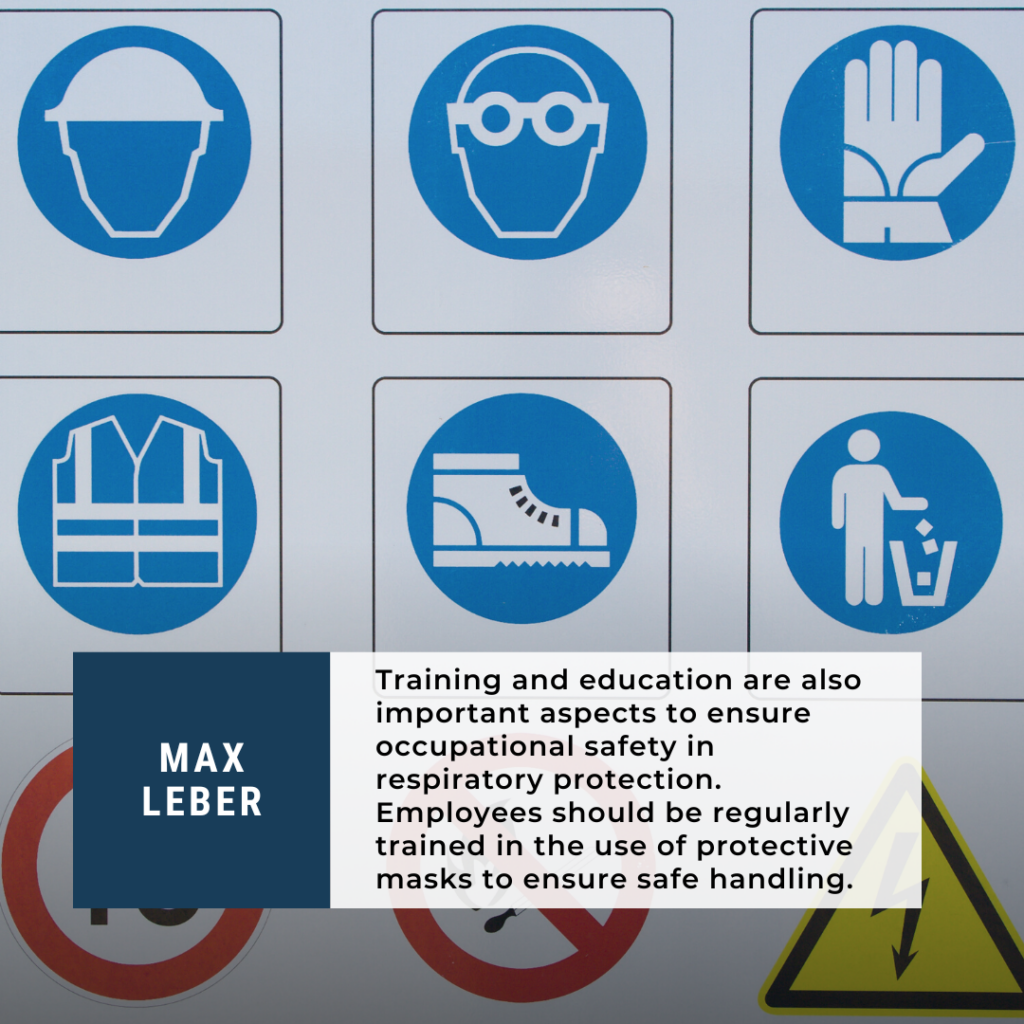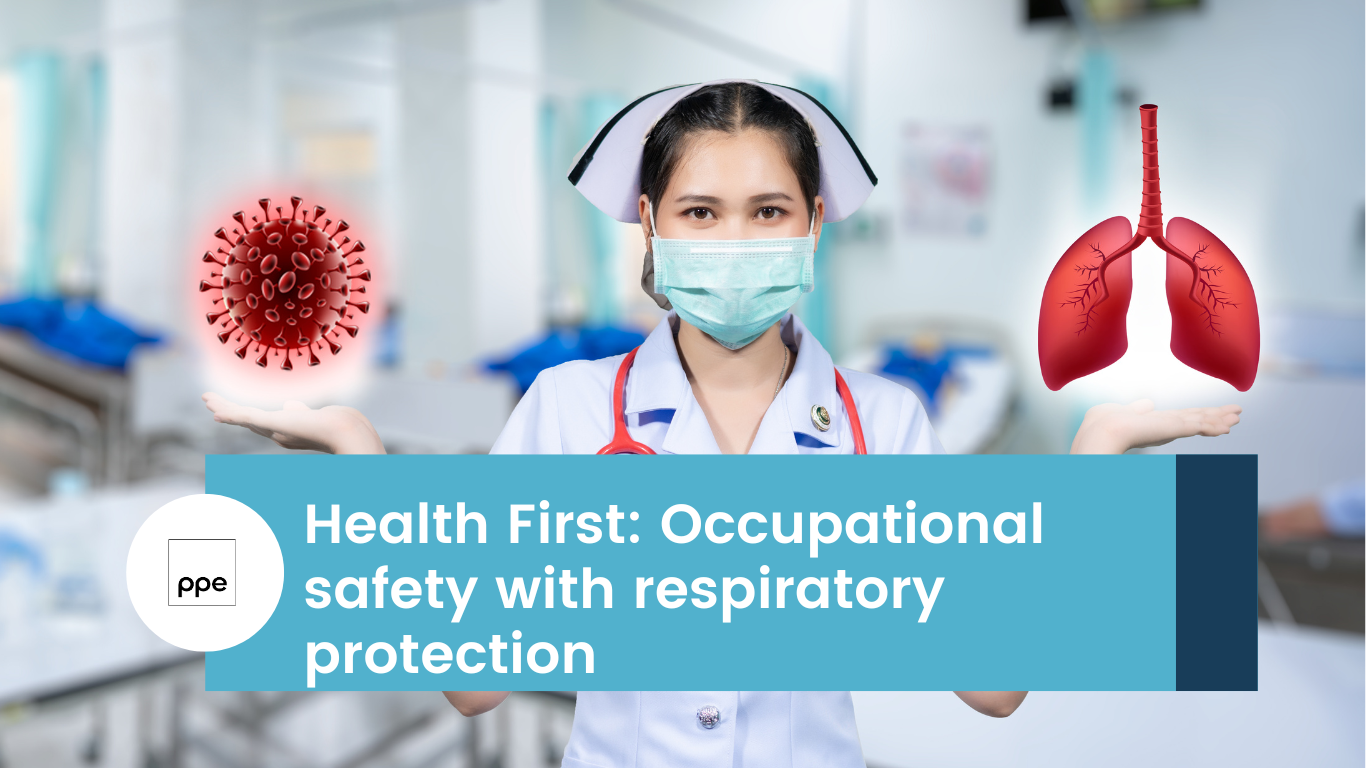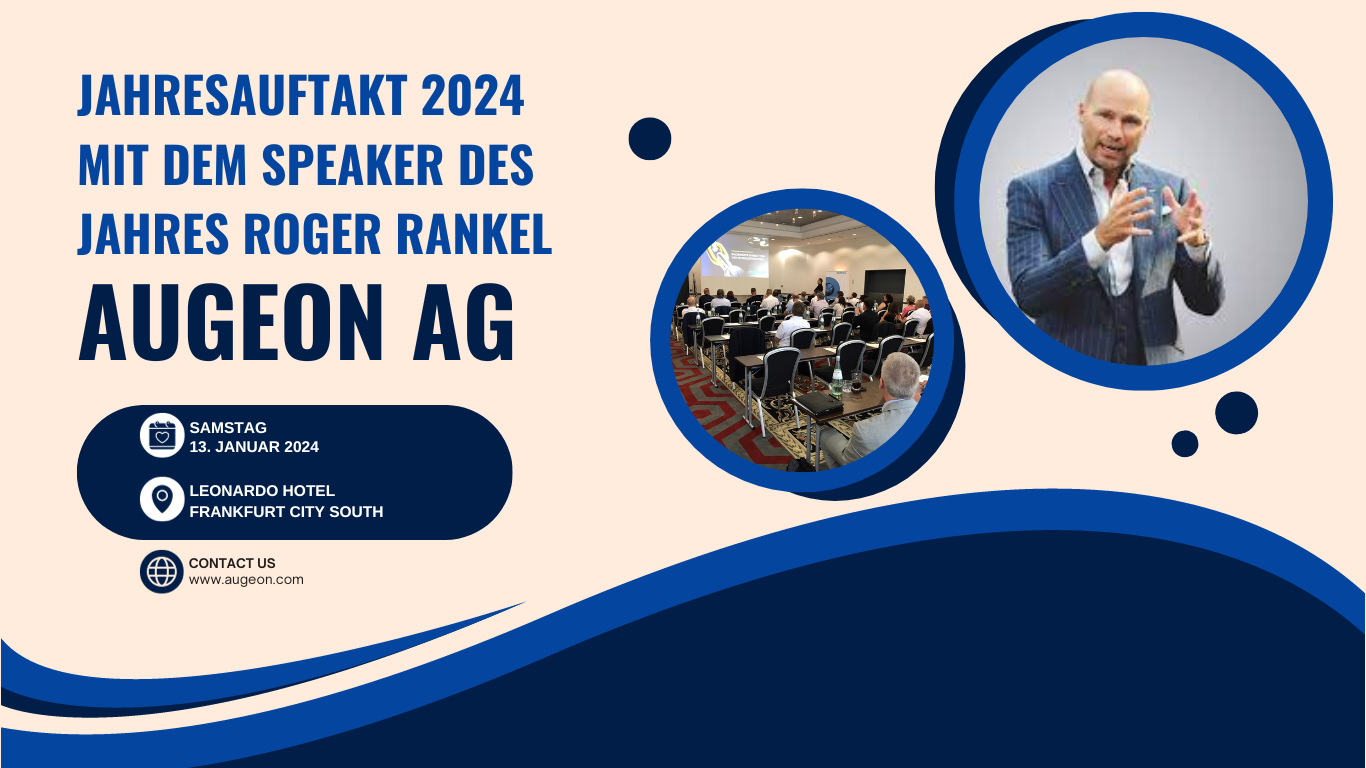Effective respiratory protection in the skilled trades: worth knowing about protection classes, standards and training – protecting the respiratory tract against substances hazardous to health. Discussion contribution by Max Leber, Managing Director of PPE Germany GmbH from Berlin.
Health, a valuable commodity, and thus worthy of protection both in everyday life and at work. This insight was gained as early as around 400 BC by the physician Hippocrates, who recognised that certain craft activities lead to damage to the health of employees. The concept of occupational health and safety emerged many centuries later in 1839 with the progressive ‚Preußisches Regulativ‘, the Prussian trade regulations. This obliged employers to take measures to protect their workers. Despite these developments, high levels of occupational safety and health are still not taken for granted today. Strict guidelines have developed in Germany and Europe, but this is not yet the case in many countries. It has been a long road until the issues of occupational safety and health have been observed in all companies in Germany. The first achievements such as the prohibition of work for children under the age of 9, statutory health insurance, accident insurance law and the liability law are now taken for granted. Numerous additions since 1920, such as maternity protection regulations, protection against dismissal, considerations for female employees, the Youth Employment Protection Act, the Industrial Safety Ordinance, the Hazardous Substances Ordinance or the mental risk assessment, serve the occupational health and safety of all employees and always have the highest priority – Health First! In the political discussion on supply chain laws, Germany is trying to enforce occupational health and safety in other countries. Especially as consumers vote with their wallets and prefer companies that take occupational health and safety as an important issue.
Protection from airborne pollutants
In the Middle Ages, so-called plague doctors protected themselves with beak-shaped masks filled with herbs, which are considered the first precursors of respirators. The first suction hose respirator with a breathing mask was created as a design in 1785 by the French pioneer Jean-François Pilatre de Rozier. During the First World War, with the use of chemical warfare agents, the first gas masks were developed.
In 1961, filter masks as disposable products came onto the market for the first time. In mining, for example, so-called dust masks against fine dust had been used for many decades. Particle filtering half masks (FFP) are part of the personal protective equipment used in occupational health and safety to protect against potential hazards from harmful substances and dust particles generated during certain types of work. Effective respiratory protection is classified as part of personal protective equipment.
Risk assessment and occupational safety law
Another important aspect to consider when using respirators is the risk assessment. The Occupational Health and Safety Act provides a guideline for a workplace risk assessment to identify potential hazards and take measures to prevent them. Respiratory protection is an important part of this to prevent serious damage to health.
High-quality respirators
With the Corona pandemic, there was no way around the topics of respiratory protection, self-protection, external protection, filter performance, high-quality respirators, norms, regulations, quality standards, aerosols and much more. Bids, bans, lockdowns, education and regulations dominated everyday life worldwide for more than two years. Today, studies confirm the benefits of respirators in minimising the risk of respiratory infections caused by harmful particles such as pathogens, dust, smoke and aerosols. Respirators are available in different protection classes to provide suitable protection for different applications. In recent years, companies have succeeded in mass producing respirators with the newly gained knowledge and technological advances. One example is the certified and CE-approved Dodo Air Medical Mask. It is worn in industrial, research, care and health areas. Wherever people have to expose themselves to fine dust particles and or non-volatile liquid substances, the Dodo Air Medical effectively protects its wearers from viruses and particles. Of course, this also applies to private use. These products contain no natural rubber components, have a 3-layer protection, are hypoallergenic and skin-friendly, comfortable to wear and have a filtering efficiency of more than 98 percent.
Standards and approval – European standard for more safety?
Uniform, transparent, guaranteed – European standards are intended to ensure and safeguard the protective effect. In the field of personal protective equipment, too, there are counterfeits that jeopardise safety for self-protection and the protection of others. That is why standards have been defined, also for FFP protective masks, which must be complied with, otherwise they will not be marketable.
Dodo Air Medical premium masks meet the requirements of the European standard EN 149:2001+A1:2009 for filtering half masks for protection against particles. The performance tests of this standard include filter permeability, flammability, breathing resistance and total inward leakage. In addition, the products were subjected to the load test according to EN 1327 4-7 (test method with paraffin oil). A complete copy of the standard EN 149:2001+A1:2009 can be obtained from the respective national standards authority. The mask meets the requirements of the dolomite dust retention test. Likewise, the mask meets the requirements of NIOSH-42CFR84 (USA, N95), GB2626-2006 (China, KN95) and JMHLW-Notification 214, 2018 (Japan, DS). This enables rapid certification for specified markets on request.
The mask complies with DIN EN 149:2001+A1:2009 and the PPE Regulation EU 2016/425 and is CE certified. The certification was carried out by the notified body Gepteszt, Budapest, the EU testing body, with the identification number 2233.
Training and regular inspections
Training and education are also important aspects to ensure occupational safety in respiratory protection. Employees should be regularly trained in the use of protective masks to ensure safe handling. Information should also be provided on the differences between the various protection classes and their areas of application. Regular checking of the masks and their functionality is essential to ensure safety.

Respiratory protection in the trades
In many professions, the use of respiratory protection is mandatory to protect the health of employees. Especially in the construction industry, when working with asbestos, mould or fine dusts, respiratory diseases such as asthma or bronchitis can be the result. To prevent these diseases, regular training of workers and maintenance of respirators are mandatory, as well as for the applications.
In summary, effective respiratory protection is essential in the skilled trades and should not be underestimated. An accurate risk assessment, regular training and inspections are important components of occupational safety and the implementation of these measures can keep employees working healthily and safely – Health First!
V.i.S.d.P.:
Max Leber
Managing Director and Sales
PPE Germany GmbH
Contact:
PPE Germany GmbH
Mertensstr. 63-115
13587 Berlin
Germany
Tel: +49 30 202366380
Email: anfrage@ppegermany.de
Web: https://ppegermany.de
Contact: Max Leber, GF and Sales
Press contact:
PPE Germany GmbH
Mertensstr. 63-115
13587 Berlin
Germany
Phone: +49 30 202366380
Mail: presse@ppegermany.de
Web: https://ppegermany.de
Company Description:
PPE Germany GmbH, based in Berlin, are specialists in respiratory protection Made in Germany. PPE Germany is one of the major European mask producers for high-quality FFP2 masks and started production in 2020 to ensure the supply of protective equipment to the population. PPE Germany protects the health of people who have to work and live in complicated air conditions, for example viral contamination, hospital germ contamination, bacterial contamination, dust, fibres (e.g. from mineral wool), industrial fumes, fine dust. All PPE Germany products are certified and subject to the strictest testing standards. Further information at: https://ppegermany.de
FAQ:
1. How often should respiratory protection be replaced?
The rules for replacing respirators vary depending on the type of work and the mask that is used. As a rule, disposable masks should be replaced after each use. Reusable masks should be replaced after several uses or at least every three months. It is also important to replace the mask immediately if you have difficulty breathing or if it is damaged.
2. How long can respirators be stored?
Most respirators have an expiry date which is stated on the packaging and should not be exceeded. Storage should be in a cool, dry place out of direct sunlight. In addition, the mask should be protected from improper storage and damage.
3. Should respirators also be worn by workers without direct contact with harmful substances?
It depends on the nature of the work. In some cases, it may also be beneficial for employees without direct contact with harmful substances to wear respirators, especially if there is a high level of dust exposure. A risk assessment should be carried out here and the decision should be based on this assessment.






